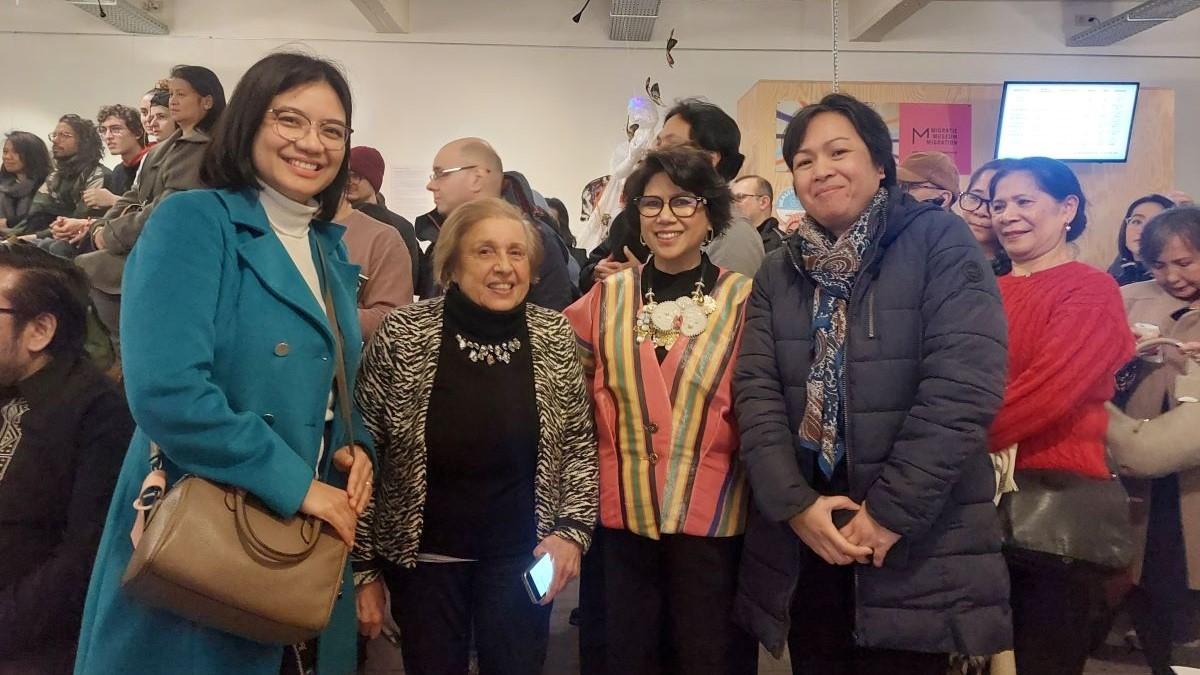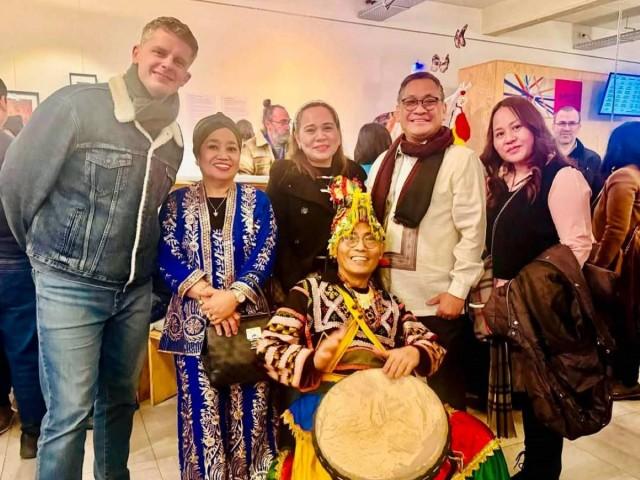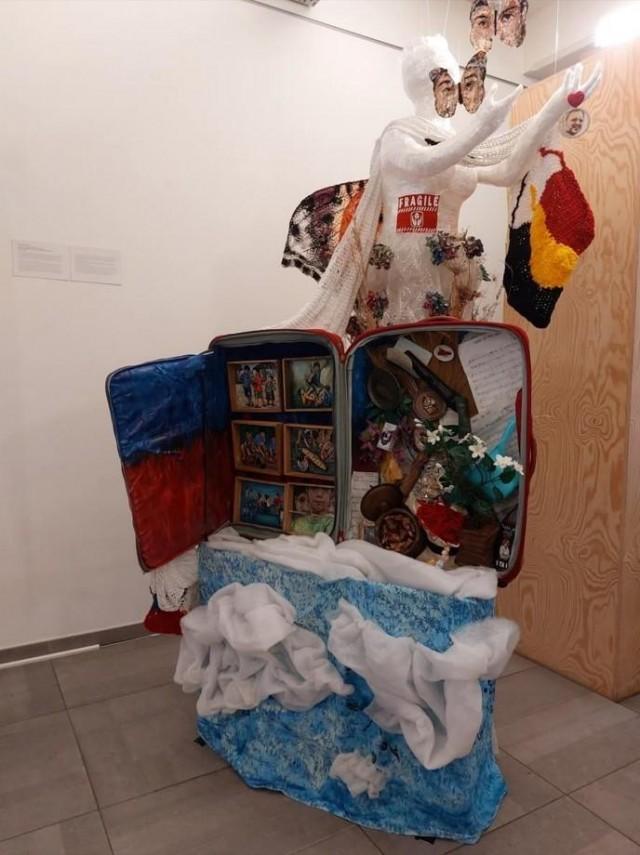Compelling stories of Filipinos leaving home and taking their chances in Belgium have taken the spotlight through artworks, photographs, keepsakes, film, and more at the Museum of Migration in Brussels.
Organized by the Philippine Art and Culture Exchange (PACE), the “Archipelago Abroad” exhibit shares the personal narratives and reasons why Filipinos decided to migrate halfway around to Belgium. The exhibit opened on January 17.
Among the exhibit items are baskets, traditional attire, podcasts of a former cabaret dancer, interviews and documentary videos, personal passports, prayer books, and others—all with their unique stories to tell.
“Sharing our stories, our art and culture, leads to a better understanding and appreciation of the Filipinos as a people and as contributing members of the Belgian society,” said PACE President Louise Baterna.
Museum director Loredana Marchi said the exhibit opens a cultural dialogue by reflecting on how individual experiences are part of Belgium’s broader migration history. Marchi said the exhibit “gives a voice to a community that is often under represented.”
Co-curator Sam Domingo said the exhibit features a collection of testimonials that celebrate triumphs, but also exposes the “dark side” of migration such as human trafficking, isolation, and the hardships of integration.
The exhibit was a year in the making as PACE worked together with volunteers, the Philippine Embassy in Brussels, and the Philippine Studies Network of the Université Libre de Bruxelles.
“‘Archipelago Abroad’ is a contemplation of our unity in diversity and how the Filipino migrant communities, even as they contend with the challenges to integrate, adapt and thrive in foreign lands, are living mirrors of our national identity,” said Philippine Ambassador to Belgium Jaime Victor Ledda.
According to PACE, Filipinos have been observed to migrating to Belgium since the late 1960s.
“The entry to the country has used various channels such as official or unofficial labor recruitment, mixed marriages, family reunifications, and tourism,” PACE said.
While most of the early migrants were women in the domestic service and care sector, more professionals from the Philippines started working in science, engineering, technology and international road transport have increased.
Today, some 22,000 Filipinos have settled in Belgium since the Belgian government opened doors to the first wave of nurses from the Philippines some 50 years ago, according to PACE.
The exhibit opened on January 17, 2025 will be available until March 1. Activities have been lined up in support of the exhibit, including a conference on migration, a Filipino Community Day, a film showing on political refugees, and a conference on Philippine underwater bounty. — Jiselle Anne Casucian/ VDV, GMA Integrated News


